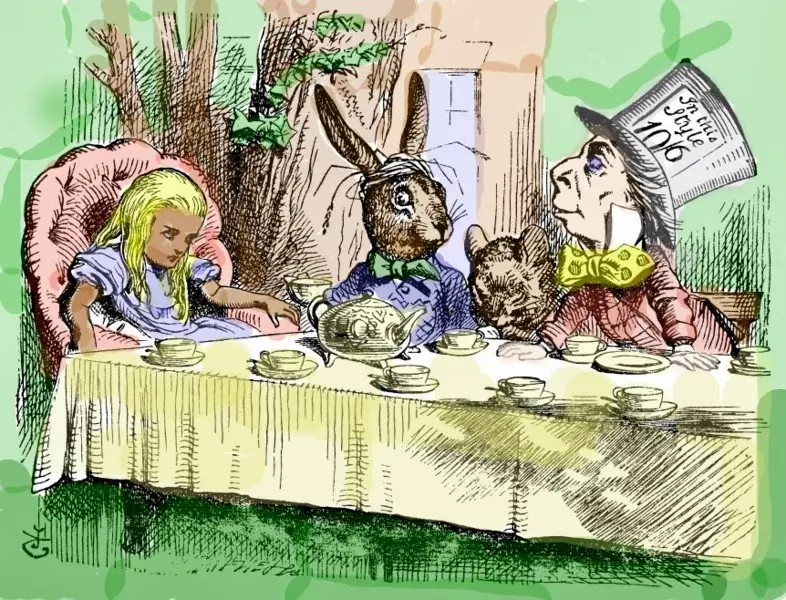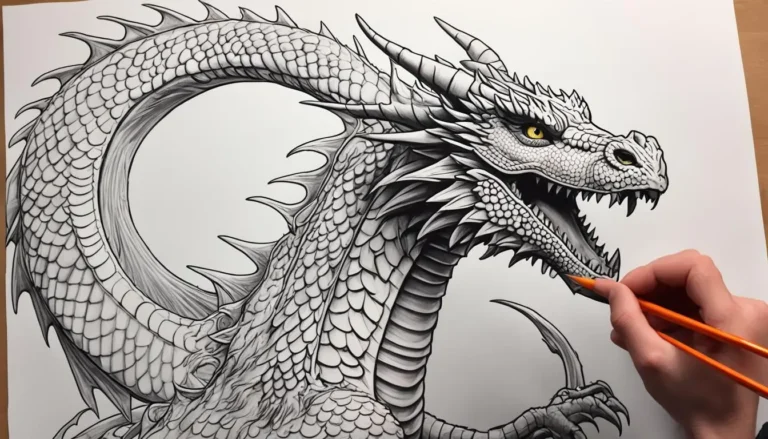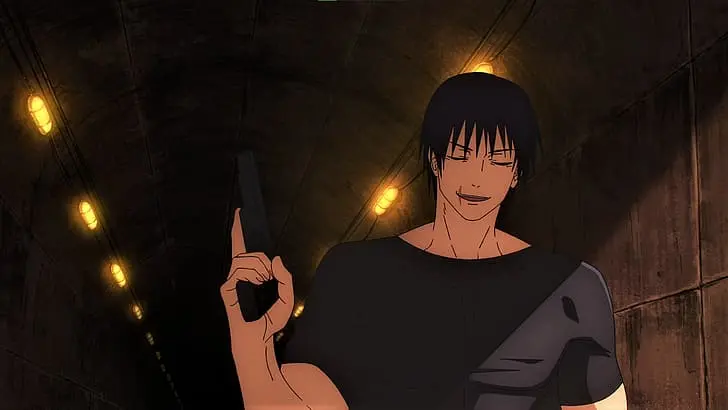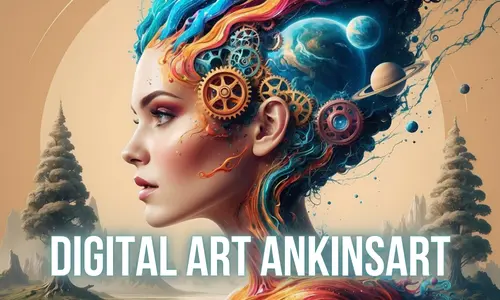Public Domain Wonderland Images: Classic Art and Design
In the realm of visual creativity, public domain wonderland images offer a treasure trove of enchanting, whimsical, and often surreal artwork that captivates the imagination. These images, freely available for use without copyright restrictions, provide artists, designers, and enthusiasts with a wealth of inspiration drawn from Lewis Carroll’s timeless classic, “Alice’s Adventures in Wonderland.” This article delves into the fascinating world of public domain wonderland images, exploring their origins, significance, and the myriad ways they can be used in modern creative projects.
What Are Public Domain Wonderland Images?
Public domain wonderland images are visual representations inspired by or directly sourced from Lewis Carroll’s “Alice’s Adventures in Wonderland” and its sequel, “Through the Looking-Glass.” These images have entered the public domain, meaning they are no longer protected by copyright and can be freely used, modified, and distributed by anyone without permission or attribution.
Key characteristics of public domain wonderland images:
- Derived from classic illustrations or modern interpretations of Carroll’s works
- Feature iconic characters such as Alice, the Mad Hatter, and the Cheshire Cat
- Often depict surreal landscapes and fantastical scenes
- Available for unrestricted use in both personal and commercial projects
The Historical Context of Wonderland Imagery
To fully appreciate public domain wonderland images, it’s essential to understand their historical context. Lewis Carroll’s “Alice’s Adventures in Wonderland” was first published in 1865, with original illustrations by Sir John Tenniel. These illustrations have since become iconic representations of the Wonderland universe.
Timeline of Wonderland imagery:
- 1865: First publication of “Alice’s Adventures in Wonderland” with Tenniel’s illustrations
- 1871: Publication of “Through the Looking-Glass” with additional Tenniel artwork
- Early 1900s: Emergence of new interpretations as copyright began to expire in some regions
- 1907: Arthur Rackham’s illustrated edition introduces a new visual style
- Mid-20th century: Diverse artists begin creating their own Wonderland-inspired works
- Present day: Continuous reinterpretation and creation of new public domain wonderland images
Sources of Public Domain Wonderland Images
For those seeking public domain wonderland images, several valuable resources are available. These sources offer a wide range of styles and interpretations, from classic Victorian illustrations to modern digital art.
Popular sources for public domain wonderland images:
- Project Gutenberg: Offers digitized versions of original Tenniel illustrations
- Wikimedia Commons: Houses a vast collection of Wonderland-inspired artwork
- The British Library: Provides high-resolution scans of early Alice editions
- Internet Archive: Features various illustrated versions of Carroll’s works
- Public Domain Review: Curates unique and lesser-known Wonderland imagery
Legal Considerations When Using Public Domain Wonderland Images
While public domain wonderland images are generally free to use, it’s crucial to understand the legal nuances surrounding their usage. Copyright laws vary by country, and what may be in the public domain in one region might still be protected in another.
Key legal points to consider:
- Verify the copyright status in your specific country or region
- Be cautious with modern adaptations, which may still be under copyright
- Understand that while the images may be free, using them to trademark a business might not be permitted
- Consider ethical usage, even if not legally required
Creative Applications of Public Domain Wonderland Images
The versatility of public domain wonderland images makes them suitable for a wide array of creative projects. From digital art to physical products, these images can add a touch of whimsy and nostalgia to various applications.
Popular uses for public domain wonderland images:
- Graphic design projects (posters, book covers, etc.)
- Web design and digital media
- Crafting and DIY projects
- Educational materials and presentations
- Merchandise creation (t-shirts, mugs, etc.)
- Theatrical and costume design inspiration
- Social media content and memes
Enhancing Public Domain Wonderland Images
While public domain wonderland images are often beautiful in their original form, modern artists and designers frequently enhance or modify these images to suit contemporary aesthetics or specific project needs.
Techniques for enhancing public domain wonderland images:
- Colorization: Adding color to black and white illustrations
- Digital restoration: Repairing damaged or faded artwork
- Style modernization: Adapting classic images to contemporary design trends
- Collage and composition: Combining elements from different images
- 3D rendering: Creating three-dimensional versions of 2D illustrations
- Animation: Bringing static images to life through motion graphics
The Cultural Impact of Public Domain Wonderland Images
Public domain wonderland images have had a profound impact on popular culture, influencing art, literature, film, and fashion. Their widespread availability has contributed to the enduring popularity of Carroll’s works and the Wonderland aesthetic.
Areas influenced by public domain wonderland images:
- Fashion design and cosplay
- Tattoo art and body modification
- Theme park and attraction design
- Advertising and marketing campaigns
- Video game graphics and environments
- Music videos and album artwork
- Home decor and interior design
Challenges and Controversies Surrounding Public Domain Wonderland Images
Despite their widespread use, public domain wonderland images are not without challenges and controversies. Issues ranging from cultural interpretation to artistic integrity have arisen over the years.
Common challenges and controversies:
- Misattribution: Incorrect crediting of artwork to artists or sources
- Overuse: Saturation of certain images leading to cliché status
- Cultural appropriation: Concerns over the use of Wonderland imagery in different cultural contexts
- Artistic integrity: Debates over modifications to classic illustrations
- Commercial exploitation: Ethical concerns about the commercialization of public domain art
The Future of Public Domain Wonderland Images
As we look to the future, public domain wonderland images continue to evolve and find new relevance in the digital age. Emerging technologies and changing artistic trends promise to keep these classic images fresh and inspiring for generations to come.
Emerging trends in public domain wonderland imagery:
- AI-generated art: Using machine learning to create new Wonderland-inspired images
- Virtual reality experiences: Immersive Wonderland environments based on public domain art
- Augmented reality applications: Bringing Wonderland characters to life in the real world
- NFT collections: Digital ownership and trading of unique Wonderland-inspired artworks
- Collaborative online projects: Community-driven creation and curation of new public domain content
Best Practices for Using Public Domain Wonderland Images
To make the most of public domain wonderland images while respecting their cultural and artistic significance, consider the following best practices:
- Verify the source: Ensure images are truly in the public domain before use
- Provide attribution: While not legally required, crediting the original artist is good practice
- Respect the integrity: Avoid using images in ways that might be considered disrespectful
- Add value: Use public domain images as a starting point for original creative work
- Educate others: Share knowledge about the history and significance of these images
- Contribute back: Consider releasing your own Wonderland-inspired work into the public domain
Conclusion
Public domain Wonderland images blend literary history, visual art, and creative freedom, from Sir John Tenniel’s classic illustrations to modern interpretations. These images, free for use, inspire and offer endless possibilities for artists and enthusiasts. By exploring their origins and applications, we can appreciate their cultural significance and incorporate them into new projects. Embracing these images keeps the magic of Wonderland alive and accessible, inviting us to explore and reimagine its whimsical world.







